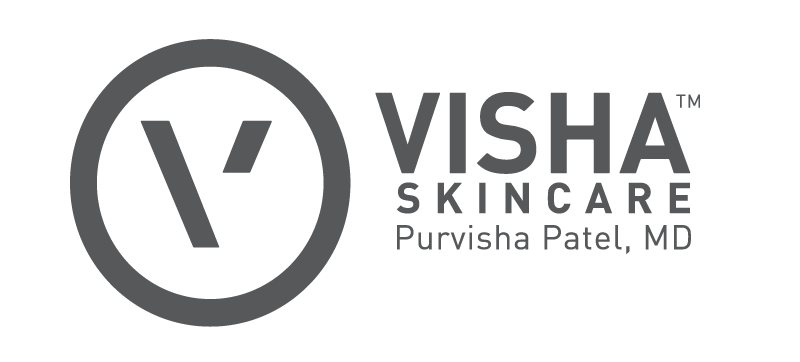
Is it just us, or have we been seeing a lot of turmeric in recent years? Between turmeric-dusted lattes and turmeric-roasted cauliflower, the bright golden plant root has seemingly cropped up everywhere. And lately, we’ve noticed that it’s showing up in our beauty products.
From yellow tinted cleansers to eye creams and face masks, this ancient plant is said to ease inflammation and boost circulation, among many other things. To get to the (ahem) root of it, we tapped three skincare experts—a product developer, a board-certified dermatologist and a naturopath and nutritionist—to explain what it is and why it’s so good for your skin.
Oh, and if you’re wondering how to pronounce it, it’s ter-muh-rihk.
First off, what exactly is turmeric?
“Turmeric is a plant of the ginger family with a long history of medicinal use. It’s one of the most commonly used Ayurvedic spices in the world and is often found in various dishes, medicine and cosmetics,” explains Natalie Hwang, the product development manager for KORA Organics. “It contains a yellow-colored compound called curcumin, which is the main biologically active polyphenol that offers a multitude of health and healing benefits.”
Where does turmeric come from and what was it used for?
“Turmeric is native to many parts of the world including Southeast Asia, China, Australia, and the South Pacific. However, India is known to produce most of the world’s turmeric crop,” says Hwang.
According to Purvisha Patel, a board-certified dermatologist and founder of Visha Skincare, it has been used for centuries in Eastern Medicine “to combat cancers, auto-immune diseases and skin conditions such as psoriasis, vitiligo and acne.” In the case of the latter, “scientific studies have shown that turmeric helps skin conditions, both when ingested and used topically.”
What are the skincare benefits of using turmeric?
“Historically, turmeric was used by Indian brides to help brighten their skin before their wedding. In a ritual known as Haldi, the women in the family prepare a special paste made of turmeric, sandalwood and rose water and apply it to the bride’s face as a mask so their skin looks cleaner, brighter and as flawless as possible on her big day,” explains Anna Mitsios, a naturopath and nutritionist. “Curcumin also inhibits acne causing bacteria on the skin and has anti-inflammatory properties which can help soothe painful cystic breakouts and calm redness.”
As Patel further explains, “Acne is caused by follicular occlusion, microbial overgrowth, sebum production and inflammation. Turmeric decreases these things when applied topically. For deeper cystic acne, I’d recommend taking 400 to 600 mgs of turmeric orally. Topical turmeric also helps with skin discoloration or hyperpigmentation if used regularly over a long period of time.”
Are there any precautions you should take when using turmeric?
“To date, no studies have discovered toxic effects associated with the use of turmeric. In fact, the FDA has conducted clinical trials on turmeric and declared that turmeric and its active component, curcumin, is GRAS (generally regarded as safe),” says Hwang. That said, it’s always a good idea to patch test any new ingredient or product before going all in on it.
“Due to its naturally occurring yellow hue, it can temporarily stain the skin or leave a yellow residue. For those who experience staining, reduce the time you leave the product on your skin and rinse-off with a cleanser,” advises Hwang.
Patel agrees, adding that it’s best used as a spot treatment. “It is probably best to apply turmeric on the areas that it is needed the most. For example, on your face for acne lesions or on your elbows and knees to brighten up any discoloration.”
Read the full article here.